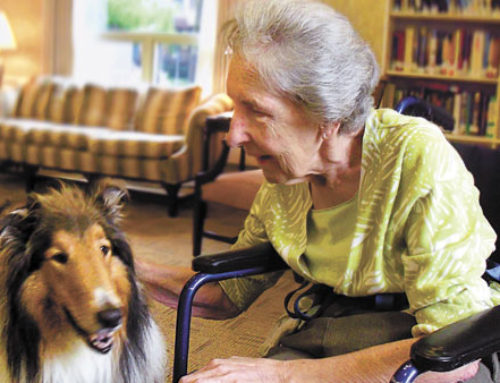The term “generative space” was coined by Wayne Ruga, PhD, founder of the Centers for Health Design, and more recently the Caritas Project. I’ve worked closely with Wayne for the last 5 years and have been gifted with rolling out the concept of generative space. Evidenced Based Design (EBD) is centered on a design hypothesis and tested by the rigor of qualitative research but unlike generative design, rarely reviewed over a longer period of time for the systemic and sustainable changes that are required in health design. Generative space is defined by a building or a space’s ability to get better over time and increase the life quality and therefore the holistic health “experience” of the inhabitants.
Planetree, another well known practice in health design has many generative qualities in the connecting organizational management and the facility design. While a component of generative space is an attentiveness to this “social space” as well as the physical space, it is not a designation or license you must buy to practice. I have often related generative space to a home that is lived in, taken care of and enhanced over the years with the people who live there, the meaningful objects collected, plants that show life force and the attention to sacred spaces that feed the soul. These are spaces we love to visit; we feel energized after retiring from them. Commercial space can take on similar attributes though that “feeling” evoked or the “place experience” serving the culture of the organization and the people who work there.
Generative space becomes intricately woven into the tapestry of the building plan, . So how can you see it? If done well, you probably can’t see it…it just works really well. The people in the space flourish and potentiate, the organization exhibits systemic improvement. The space, people and organization all optimize and maintain this stasis over time creating true sustainability. Some ways to create a more generative space include:
- Developing a culture document and Vision for the organization that drives the “built environment” vs. a space program driving the building design.
- Attentiveness to the environment’s ability to enhance or diminish power imbalance between people; creating space where doctors or nurses are not elevated, have a desk in between them and the patient, or in the case of exam room create computer stations with their back to the patient. We are tearing out nursing stations currently in Skilled nursing facilities across the country as it does not promote appropriate “social engagement” between nurse and resident. Dignity is also integral to self esteem and self esteem promotes human potentiality.
- Utilizing nature elements, plants and natural sunlight to bring about the connection of self to the universe. This characteristic is inherently rooted in all of us and has been measured to produce positive changes in the endocrine system and physical body. Increased sleep and reduced stress work to speed recovery and decrease pain medication.
In our throw away society very few commercial buildings get better over time, much less set out to potentiate the people in them. Generative Space, designing authentic space, is the new frontier.





